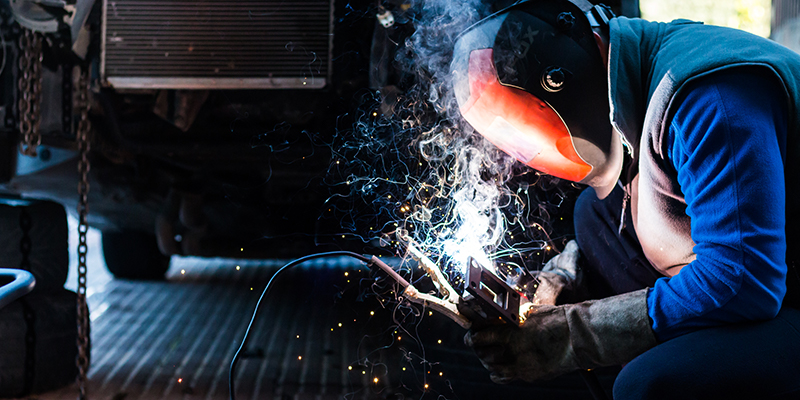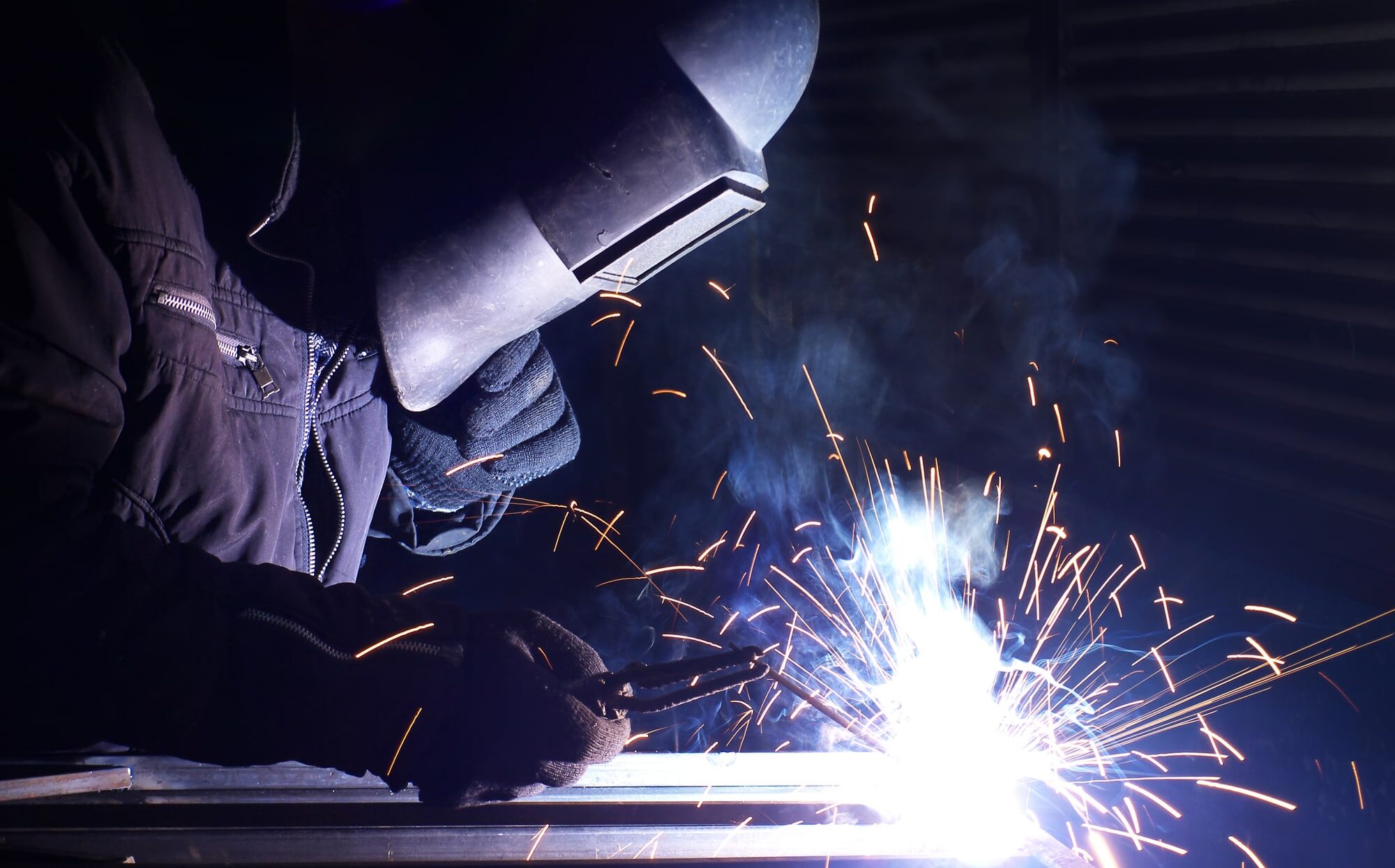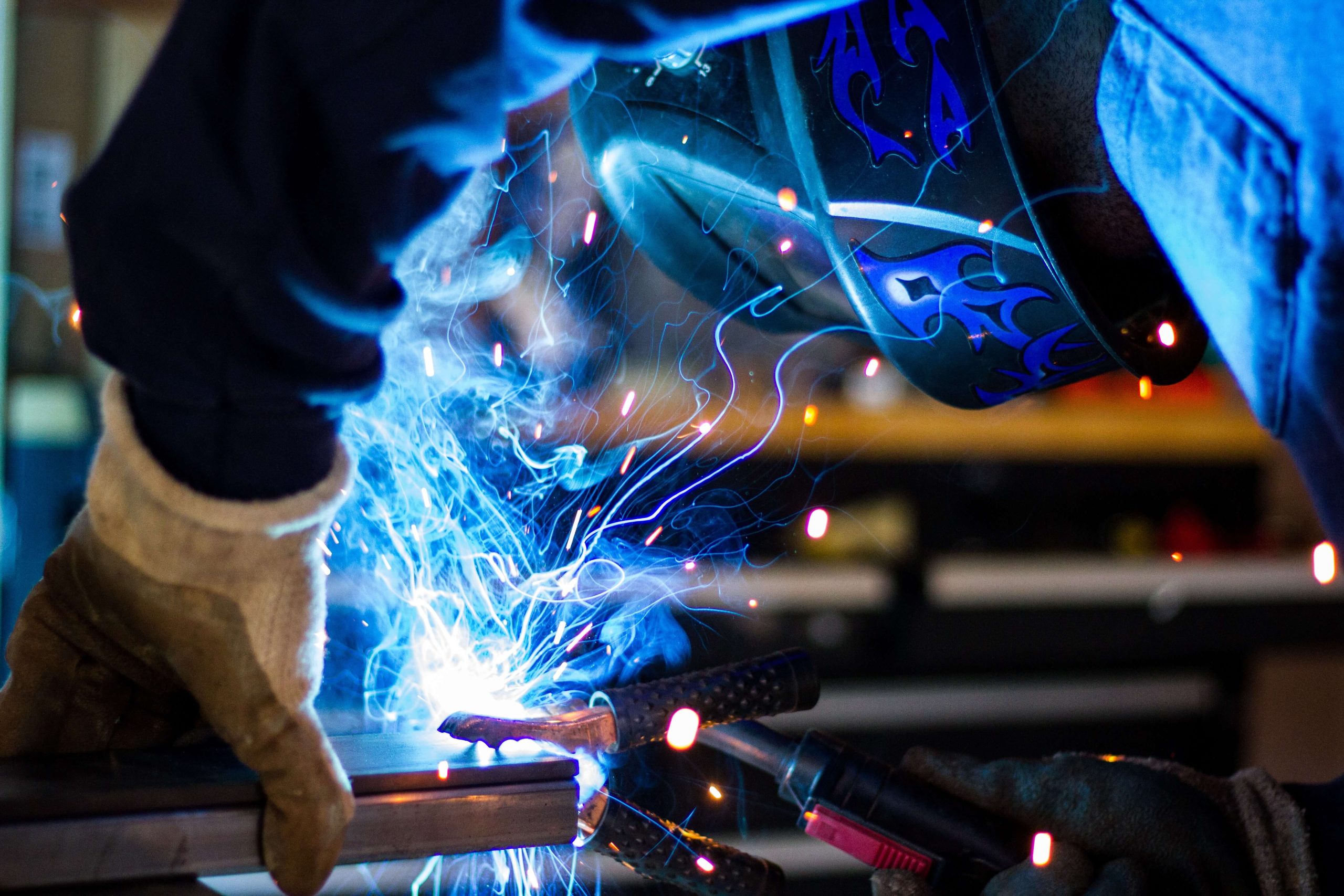Common Welding Repair Work Issues and Just How to Address Them Properly
Welding fixings frequently run into a variety of concerns that can endanger the honesty of the end product. Usual issues include insufficient penetration, porosity, and imbalance, amongst others. Each problem offers special obstacles that require specific approaches for resolution. Comprehending these concerns is essential for welders aiming to improve their results and abilities. This discussion will certainly discover these usual welding repair work concerns and effective approaches to resolve them.
Poor Infiltration
Inadequate penetration happens when the weld steel fails to completely fuse with the base material, resulting in weak joints and possible architectural failures. This issue usually stems from insufficient warmth input, wrong electrode angle, or inappropriate welding rate. Welders may encounter insufficient penetration because of a mistake of the required specifications for a specific material thickness or type. In addition, contamination on the base material's surface can prevent efficient bonding, aggravating the issue. To address inadequate penetration, welders must guarantee ideal setups on their devices and maintain a tidy work surface. Routine examination of welds is recommended to recognize any kind of shortages early, enabling for timely improvements and the prevention of jeopardized structural stability in bonded settings up.
Porosity
Porosity is a common defect in welded joints that materializes as small gas bubbles entraped within the weld metal. This defect can jeopardize the honesty of the weld, resulting in reduced toughness and potential failing under stress and anxiety. Fabrication. Porosity normally emerges from contamination, wetness, or inappropriate welding methods, which enable gases to get away right into the liquified weld swimming pool. To deal with porosity, welders need to assure appropriate surface preparation, maintain a clean functioning setting, and use ideal welding criteria. Furthermore, choosing the appropriate filler material and shielding gas can minimize gas entrapment. Regular evaluation and testing of welds can aid determine porosity early, ensuring prompt corrective activities are taken, thereby protecting the high quality and reliability of the bonded framework
Misalignment
Misalignment in welding can occur from different variables, consisting of incorrect arrangement and thermal expansion. Comprehending the source is essential for efficient resolution. Numerous improvement techniques are readily available to realign elements and assure structural stability.
Reasons of Imbalance
Welding imbalance usually stems from a variety of underlying problems that can endanger structural integrity. One main cause is incorrect fit-up of parts before welding, which can cause spaces and irregular surfaces. Variations in thermal expansion throughout the welding procedure can additionally cause distortion, especially if the products being joined have various coefficients of growth. Furthermore, inadequate securing and fixturing may fail to hold parts safely in position, bring about activity throughout welding. Badly maintained equipment, including welding makers and devices, might present disparities in the weld bead, additional adding to imbalance. Operator mistake, stemming from insufficient training or experience, can additionally play a significant duty in creating misaligned welds.

Improvement Strategies Available
Attending to misalignment properly needs a combination of restorative techniques tailored to the certain concerns handy. One common approach is the use of components or jigs to hold elements in the correct setting during welding, guaranteeing consistent positioning. Additionally, preheating the products can assist decrease distortion and boost fit-up. For considerable misalignment, mechanical realignment techniques, such as utilizing hydraulic jacks or clamps, can be used to fix the placement before welding. Post-weld heat therapy might likewise be needed to relieve anxieties triggered by imbalance. Lastly, careful examination and change during the configuration stage can protect against imbalance problems from coming to be significant problems, advertising a smoother welding process and improving total structural stability.
Distortion
Distortion is an usual challenge in welding that can develop from numerous elements, including irregular heating & cooling. Recognizing the reasons of distortion is necessary for applying efficient prevention techniques. Addressing this issue not just boosts structural honesty yet additionally boosts the overall high quality of the weld.
Root causes of Distortion
When based on the extreme warmth of welding, products frequently undertake modifications that can lead to distortion. This phenomenon primarily occurs from thermal expansion and tightening during the welding procedure. As the weld location warms up, the material broadens; upon cooling, it gets, which can create internal stress and anxieties. Additionally, irregular heating throughout a workpiece can worsen these stresses, leading to bending or bending. The kind of material additionally plays a substantial function; metals with differing thermal conductivity and coefficients of growth may react in a different way, bring about unpredictable distortions. Furthermore, poor joint style and insufficient fixturing can add to imbalance throughout welding, enhancing the likelihood of distortion. Understanding these causes is vital for reliable welding repair work and avoidance strategies.
Prevention Techniques
Efficient prevention strategies for distortion during welding emphasis on managing heat input and guaranteeing appropriate joint style. Keeping a regular warmth input assists to lessen thermal growth and tightening, which can bring about distortion. Making use of strategies such as pre-heating the workpiece can additionally lower the temperature level slope, advertising consistent home heating. Additionally, selecting appropriate joint designs, such as T-joints or lap joints, can enhance stability and decrease tension concentrations. Executing proper fixturing to secure the work surfaces in position even more explanation help in keeping positioning throughout the welding process. Staggered welding sequences can disperse heat much more equally, preventing local distortion. By applying these strategies, welders can greatly decrease the likelihood of distortion and improve the overall top quality of their welds.
Breaking
Fracturing is a common issue run into in welding repair work, often resulting from various elements such as improper air conditioning rates, product selection, or poor joint preparation. The occurrence of splits can substantially jeopardize the honesty of the weld, bring about possible failings throughout procedure. To resolve this concern, welders have to first examine the source, making certain that products work and properly selected for the certain application. Furthermore, controlling the cooling rate throughout the welding process is essential; rapid air conditioning can generate tension and bring about splitting. Proper joint style and preparation additionally contribute to decreasing the danger. Executing these methods can improve weld high quality and resilience, ultimately lowering the possibility of splitting in finished weldments.

Incomplete Fusion
A substantial issue in welding repair work is insufficient blend, which takes place when the weld steel does not adequately bond with the base product or previous weld passes - Belgrade Fabrication. This issue can result in weaknesses in the joint, potentially jeopardizing the honesty of the bonded framework. Aspects contributing to incomplete fusion consist of inadequate warmth input, incorrect welding technique, special info and contamination of the surface areas being signed up with. To address this problem successfully, welders must guarantee appropriate pre-weld cleaning and surface prep work, along with readjust their welding criteria to attain ample penetration and combination. Regular evaluation during the welding procedure can also assist identify insufficient fusion early, enabling for prompt rehabilitative actions to improve the total top quality of the weld
Overheating
While welding repairs can enhance structural integrity, overheating provides a substantial obstacle that can result in product deterioration. Extreme warm throughout welding can alter the mechanical homes of metals, resulting in decreased toughness, boosted brittleness, and bending. This phenomenon is especially critical in high-stress applications where architectural reliability is critical. Recognizing getting too hot can entail aesthetic examinations for discoloration or distortion, in addition to checking temperature during the welding procedure. To mitigate the threats connected with getting too hot, welders should use suitable methods, such as managing warm input, adjusting traveling speed, and click utilizing appropriate filler materials. Furthermore, executing pre- and post-weld warmth therapies can assist recover material residential properties and enhance the general quality of the repair service, making sure long-term performance and safety and security.
Frequently Asked Inquiries
What Are the Typical Indications of a Welding Defect?

Just How Can I Check My Welds for Quality?
To check welds for top quality, one can utilize aesthetic inspections, ultrasonic screening, and radiographic methods. Each strategy assures architectural stability, recognizes defects, and confirms adherence to specified standards, eventually enhancing the dependability of the bonded joints.
What Safety Safety Measures Should I Take While Welding?
When welding, one should prioritize safety by wearing appropriate individual safety equipment, guaranteeing proper ventilation, protecting combustible products away, keeping a clean office, and being mindful of environments to avoid injuries and mishaps.
Can I Repair a Weld Without Redesigning the Entire Joint?
Repairing a weld without renovating the whole joint is possible, depending on the damage (Montana Mobile Welding and Repair Belgrade Welding). Techniques such as grinding, including filler product, or making use of a welding procedure can efficiently deal with particular defects while protecting the bordering structure
What Tools Are Important for Effective Welding Services?
Important tools for effective welding repairs consist of a welding maker, wire brush, mill, safety equipment, clamps, and filler products. Each device plays an essential function in making sure top quality and safety and security throughout the repair work process. Porosity commonly arises from contamination, wetness, or inappropriate welding strategies, which allow gases to leave right into the molten weld swimming pool. Improperly kept equipment, including welding machines and tools, might present inconsistencies in the weld grain, further adding to misalignment. When subjected to the intense heat of welding, materials usually undertake adjustments that can lead to distortion. Splitting is an usual concern experienced in welding fixings, often resulting from various elements such as incorrect air conditioning rates, material choice, or inadequate joint prep work. A substantial concern in welding fixings is incomplete blend, which happens when the weld steel does not appropriately bond with the base material or previous weld passes.
Comments on “Signs of weld failure and what Belgrade can do about them”